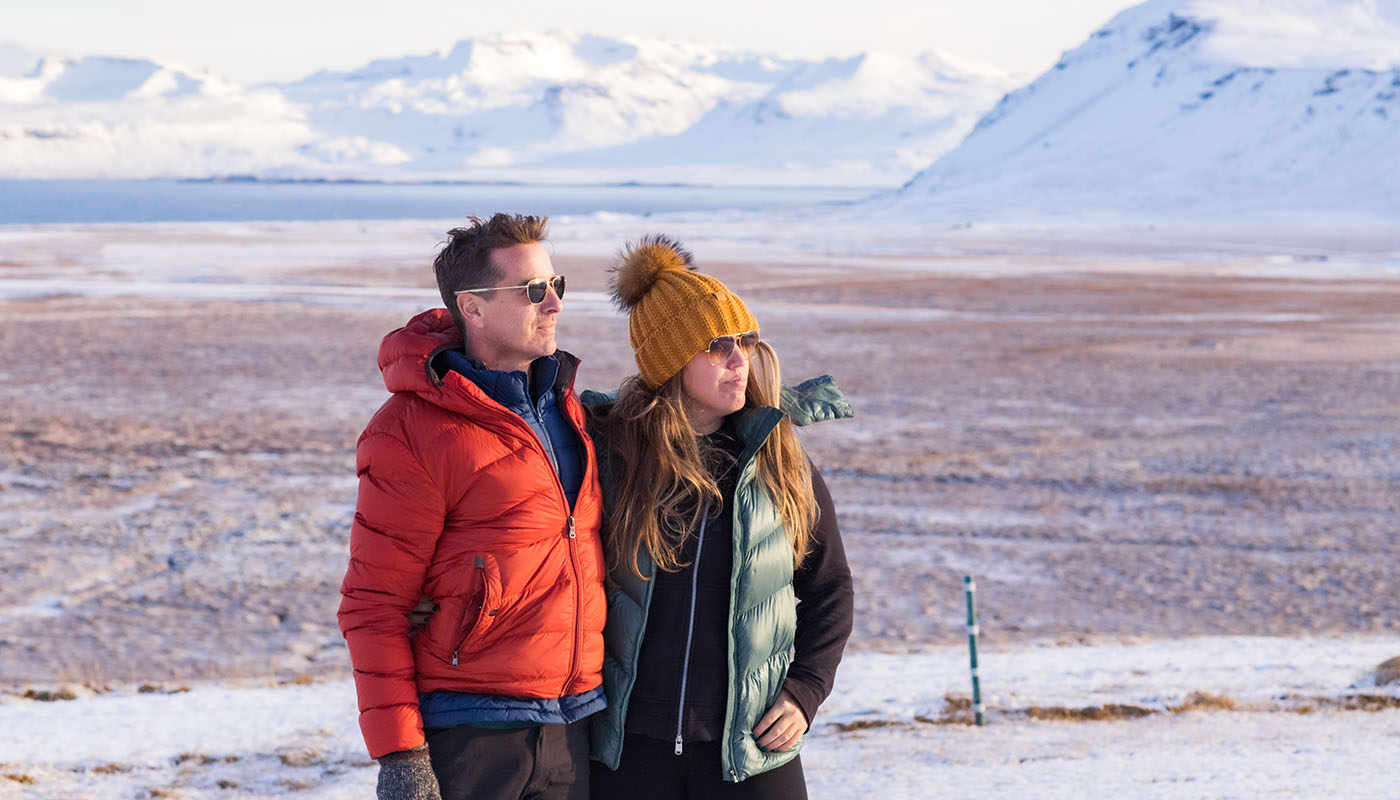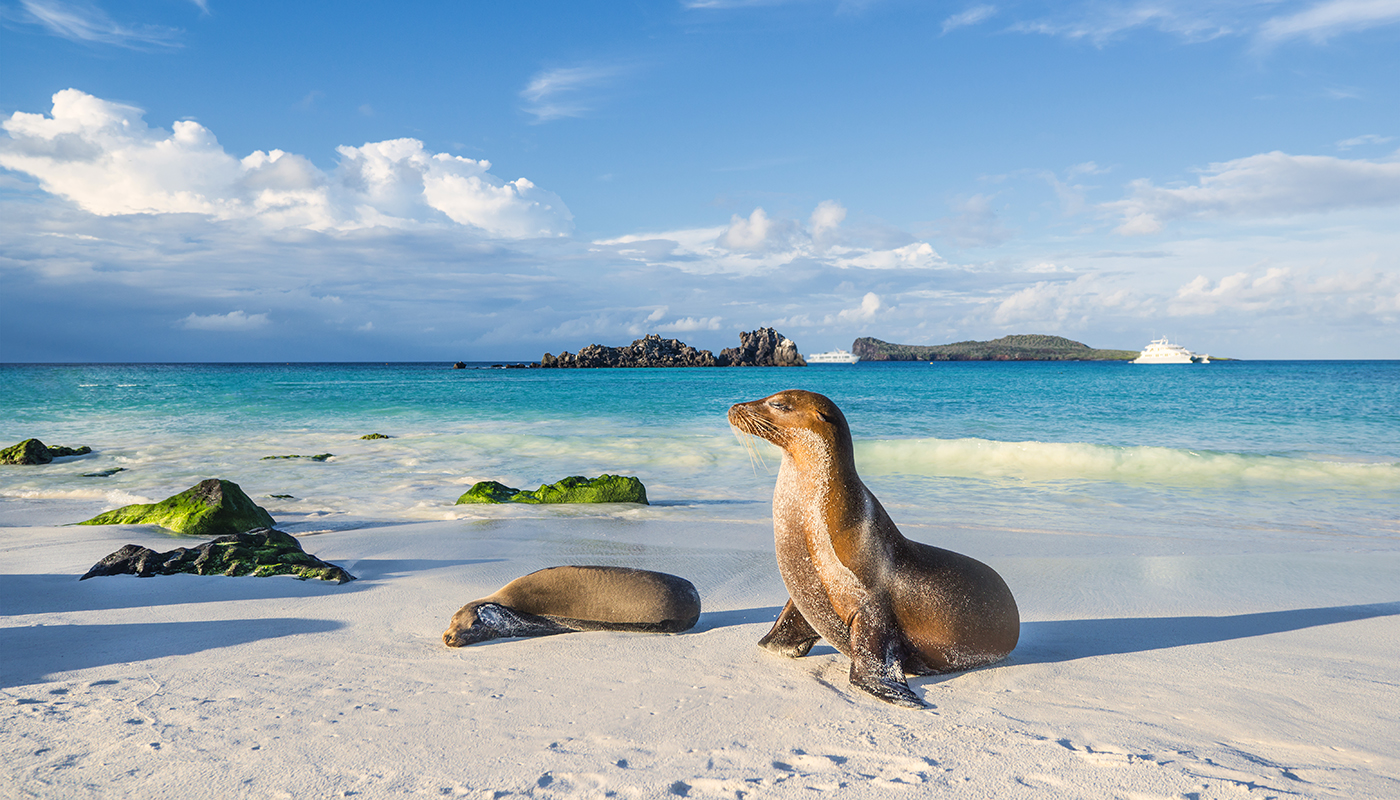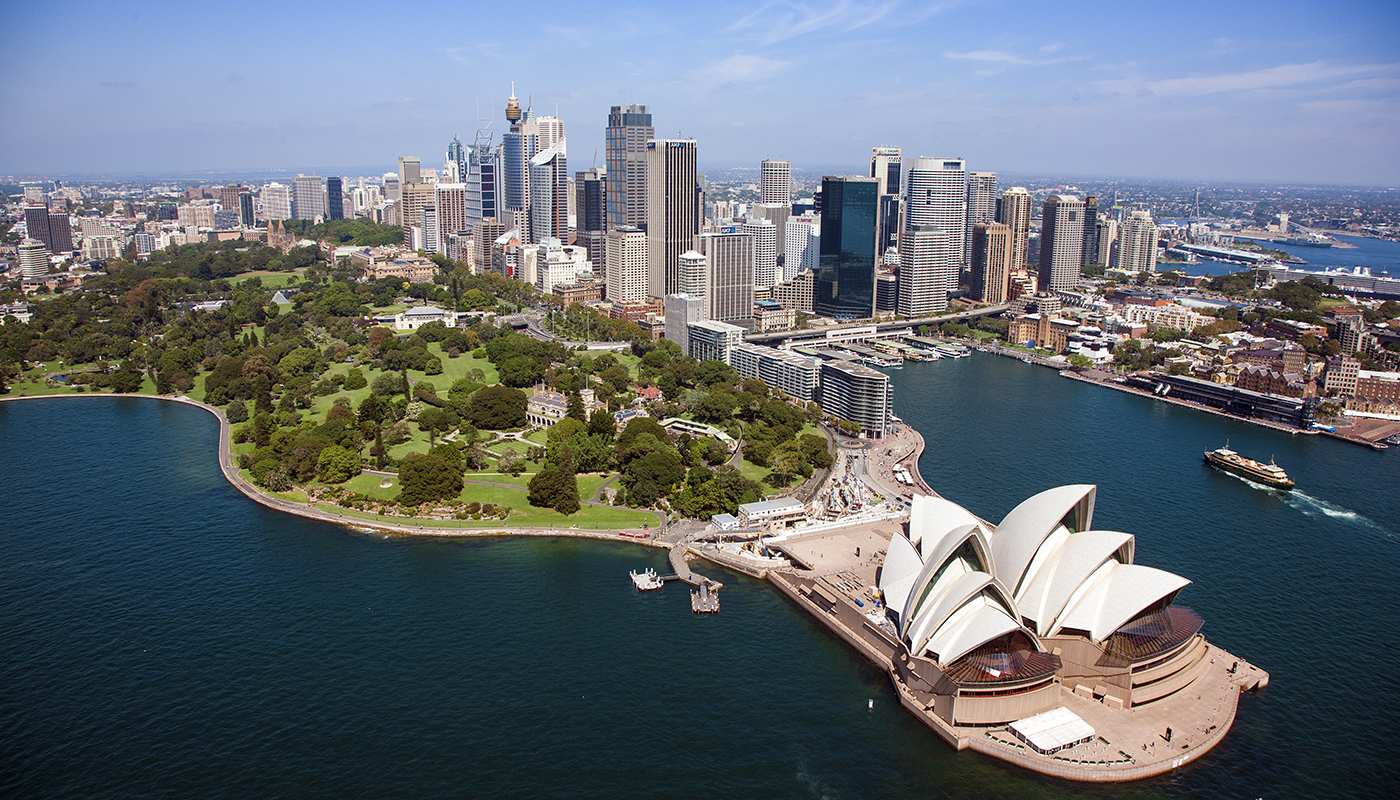Off-Season Travel Is Packed With Rewards
Fewer crowds and lower costs are two of the big benefits of going when others are staying home.
Traveling off-season is a best practice of savvy travelers, offering more intimate—and affordable—experiences. But exactly when is the off-season for travel? That depends on the destination—which means you have plenty of great options year-round.
Iceland
 Kristin Luna
Kristin Luna
Off-season travel October through December
“I don’t have a high tolerance for dodging crowds,” says AAA Member Kristin Luna, founder of travel blog Camels & Chocolate. “When you’re going somewhere like Iceland, there’s a short season in summer, and you can feel like you’re competing for that iconic waterfall shot.”
Instead, Luna and her husband visited Iceland in November. AAA offers guided trips to Iceland during this wondrous snowy season, which is a great way for members to experience Iceland in winter without having to do extra planning (like renting a special vehicle and learning to drive in snow). For Luna and her husband, the visit “was so rewarding because we got to see a destination outside of how other travelers normally see it.”
Europe in winter offers many rewards. Museums and popular attractions are significantly less crowded than in summer. Plus, many cities deck out their streets and plazas with lights and seasonal decorations for the holidays.
Central Europe, in particular, boasts winter markets, festive events where people gather to enjoy local specialties such as sausages and gluhwein, and shop for handmade items.
In Ireland, October through April is known as the “cozy season.”
“Most people want to visit Ireland in summer,” says Christopher Wommer, global travel product manager for the Auto Club Group. “I prefer going in November, when you can get the best value and you get a feel for how the locals live.”
November is also an ideal time to visit the American South. Peak season for destinations such as Savannah, Georgia, and Nashville, Tennessee, is generally summer; but traveling in late fall and early winter means less humidity and cooler temperatures.
Luna recommends driving the Natchez Trace Parkway at this time of year. “It’s a great way to see seasonal colors and historic towns, plus Native American history and Black history, all in 444 miles of federal parkway that goes from Tennessee to Natchez, Mississippi.”
Travel insurance: Don’t leave home without it
Learn MoreGalapagos Islands
 iStock
iStock
January through March
In the Northern Hemisphere, January and February are usually the least-traveled months overall, which is likely because many want to recover from the hustle of the holidays.
However, winter presents an opportune time to visit South America, including Ecuador. Just be sure to pack layers and some rain gear. January is the start of the rainy season in the Galapagos Islands, but it’s still usually warm and sunny.
Morocco and the rest of North Africa enjoy mild weather in winter (January and February usually register temperatures between 50 and 70 degrees). Visiting at this time of year means you get to experience the beauty of Marrakech, Rabat and more without the baking summer sun or pressing crowds.
Plan your off-peak travel season with AAA
Talk to an Advisor Getty Images/Traumlichtfabrik
Getty Images/Traumlichtfabrik
April through June
Costa Rica and Peru—including Machu Picchu—are great destinations in April and May, when the weather is usually sunny and mild and the hiking trails are open.
Particularly well-suited for families, Costa Rica offers an array of enticing environments and activities, from zip lining through the forest to lounging on a sandy beach. At Machu Picchu, stand in amazement as you gaze at the centuries-old Incan citadel—a protected UNESCO World Heritage Site.
If you travel to Thailand or Vietnam during this shoulder season, you’ll find fewer crowds and better deals. But don’t forget to pack rain gear and insect repellent, as the beginning of the rainy season brings warm, steamy weather.
Shoulder season
For many destinations in the Northern Hemisphere, the periods from April through May and from September through October are known as travel shoulder seasons—periods between low and high season. For travelers with a little flexibility, shoulder season can be a good time to go, in terms of weather and many other factors.
Sydney, Australia
 Source: Getty Images/Airphoto Australia
Source: Getty Images/Airphoto Australia
July through September
Most travelers plan to visit Australia and New Zealand during the Northern Hemisphere’s winter months. But if you go during summer in the Northern Hemisphere, you can nab lower airfares and tour costs and still find mild weather (in most regions) down under.
You’re likely to find a mix of cloudy and sunny skies, plus moderate temperatures in the biggest cities. (Sydney stays warmer than Melbourne.) It’s a good time to visit Australia’s warmer Northern Territory and swim with whales along the Great Barrier Reef.
August is considered the beginning of the dry season in Kenya, Tanzania and South Africa, allowing for great wildlife-viewing conditions. One popular way to visit South Africa is to combine a few days in a big city such as Cape Town or Johannesburg with a few days on safari.
When you travel during off-peak seasons, you save money and hassle—and also open yourself up to novel experiences. Plus, you’re contributing to the sustainability of travel, moving some of the tourist burden to off-peak times in these highly visited places.
Connect with a AAA Travel Advisor to make an informed travel decision.